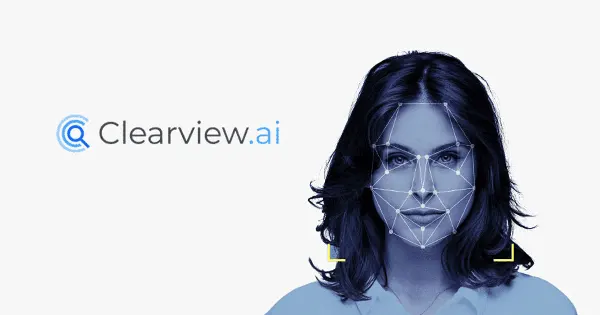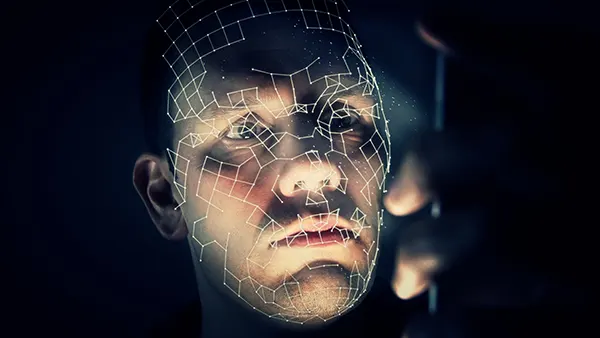
Clearview AI: The Future of Facial Recognition
Clearview AI has emerged as one of the most discussed technologies in the field of facial recognition. This innovative platform leverages artificial intelligence to identify individuals through facial data, raising both excitement and controversy in equal measure. As of January 2025, the technology remains at the forefront of debates surrounding privacy, security, and ethical AI use. This article explores Clearview AI in depth, discussing its functionality, applications, and the ethical implications it brings to society.
What is Clearview AI?
Clearview AI is a facial recognition system developed to assist law enforcement and private organisations in identifying individuals using publicly available images. The company boasts a vast database compiled from publicly accessible sources like social media, websites, and other internet platforms. By uploading an image, users can compare it against millions of photos to find matches.
Unlike traditional facial recognition technologies, Clearview AI stands out for its unparalleled scale and efficiency. The system processes images with remarkable speed and accuracy, enabling its users to obtain results within seconds. Its reliance on artificial intelligence algorithms ensures that even partial or low-quality images can be analysed effectively. Clearview AI’s design offers law enforcement agencies and organisations the ability to streamline investigations, significantly reducing time spent on manual identification efforts.
Clearview AI’s popularity has soared due to its accessibility and performance, yet its development has also raised numerous questions about the legal and ethical frameworks needed to regulate such powerful tools. Governments and organisations are actively debating the balance between public safety and individual rights in the face of such advanced technology. This duality has cemented Clearview AI’s status as both a revolutionary invention and a controversial topic.
How Does Clearview AI Work?
The core of Clearview AI’s functionality lies in its advanced artificial intelligence algorithms. These algorithms map unique facial features and convert them into numerical data called facial embeddings. This data is then compared against the database to identify potential matches. Unlike traditional recognition software, Clearview AI operates at an unprecedented scale, with billions of images indexed for comparison.
The process begins with image ingestion, where the AI scans uploaded pictures and detects key facial landmarks. These landmarks are converted into a series of data points that uniquely represent the individual’s facial structure. Once processed, the system compares these data points against its expansive database, searching for matches. Each match is scored for confidence, providing users with a ranked list of possible identifications.
This intricate method ensures that even in challenging scenarios, such as poor lighting or partial obstructions, Clearview AI delivers consistent results. The system’s learning capabilities further enhance its performance, adapting to new datasets and refining its accuracy over time. However, this technological sophistication brings with it significant scrutiny, particularly concerning data collection and consent.
Applications of Clearview AI
The versatility of Clearview AI has made it a valuable tool in various sectors. Its primary use has been within law enforcement, but the technology’s potential applications extend far beyond this field.
In addition to aiding criminal investigations, Clearview AI has been adopted in sectors such as private security, retail, and even humanitarian efforts. Retailers, for example, utilise facial recognition to prevent theft and enhance customer experiences. By identifying repeat customers, businesses can offer personalised services and strengthen client relationships. In humanitarian contexts, Clearview AI has assisted in reuniting displaced families by matching photographs from refugee databases with missing persons reports.
Another promising application lies in financial institutions, where facial recognition enhances security measures. By incorporating Clearview AI into authentication systems, banks and payment platforms can reduce fraud while offering users a seamless experience. Despite these benefits, critics argue that such widespread usage necessitates robust regulation to prevent misuse and protect individual freedoms.
Uses in Law Enforcement
Law enforcement agencies have been the primary adopters of Clearview AI, employing it to solve crimes, track down suspects, and identify missing persons. The system’s ability to match faces with high accuracy has proven invaluable in solving complex cases, particularly those involving unidentified victims or elusive suspects.
Notable successes include identifying perpetrators of violent crimes and locating individuals involved in organised crime networks. In cases where conventional methods fall short, Clearview AI has often provided the critical lead needed to advance investigations. Its contribution to public safety has garnered praise, but it has also ignited debates about its ethical implications and the extent to which such technology should be deployed.

Ethical Concerns Surrounding Clearview AI
Despite its technological prowess, Clearview AI has faced widespread criticism for its ethical implications. Concerns primarily revolve around privacy rights, data security, and the potential misuse of the technology.
Privacy advocates have voiced their apprehension over Clearview AI’s collection practices, arguing that individuals should have control over their online presence. The platform’s ability to harvest publicly available data without explicit consent has been a focal point of legal challenges and regulatory discussions worldwide. Critics also highlight the potential for abuse, such as surveillance of activists or marginalised groups, which could lead to violations of fundamental human rights.
Another pressing issue is data security. Given the vast amount of sensitive information stored in Clearview AI’s database, ensuring its protection against breaches is paramount. A data leak could expose millions of individuals to identity theft and other cyber threats, amplifying calls for stricter oversight and accountability.
Privacy and Consent
One of the most significant criticisms of Clearview AI is its collection of images without user consent. Privacy advocates argue that scraping publicly available images violates individuals’ rights to control their data. Moreover, the lack of transparency about how the data is stored and protected adds to the controversy.
In response to these concerns, Clearview AI has implemented measures to enhance transparency and security, including stricter user verification protocols and clearer guidelines for its clients. However, many argue that these steps are insufficient, and only comprehensive legal frameworks can adequately address the broader issues at play. As Clearview AI continues to evolve, the tension between technological innovation and ethical responsibility remains a critical topic for society to navigate.




